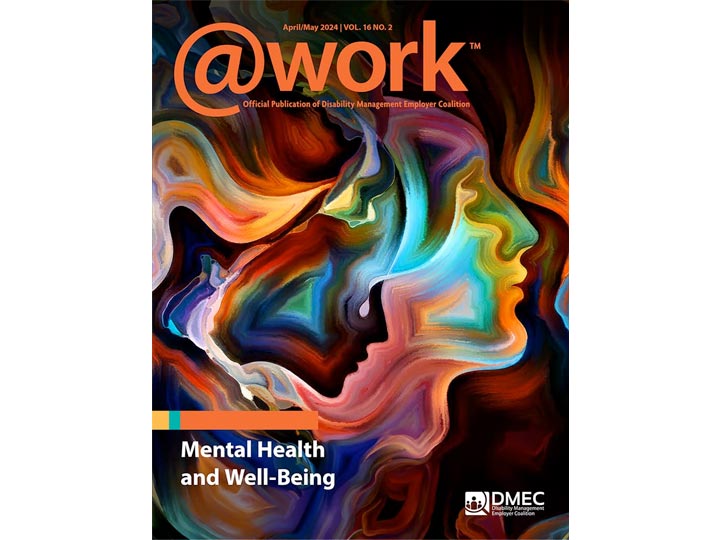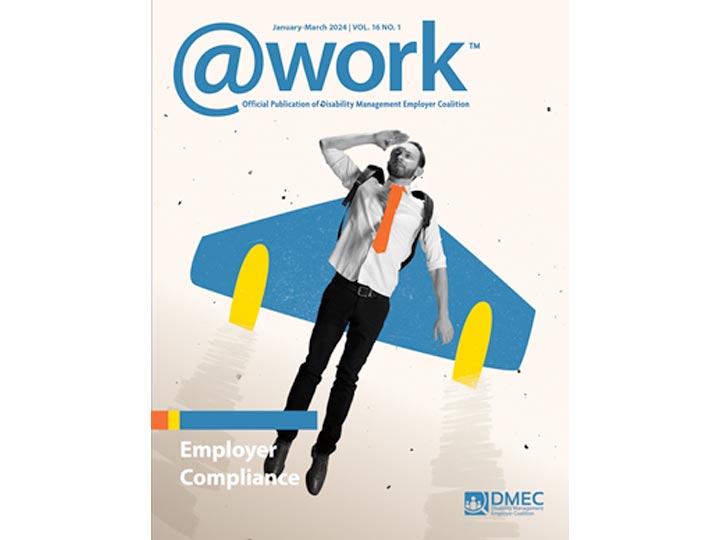The Disabled Workforce:
Redefining Your Culture Can Lead to Happier Employees and Fewer Leave Requests
@Work Magazine, November 2022
By Rachel Shaw, MBA, President and Principal Consultant, Shaw HR Consulting
The cost of absence is often misunderstood, seen as immeasurable, or dismissed as something that can’t be addressed. Even when employee absence is tracked, it frequently does not reveal the full costs. Each year U.S. workers miss more than half a billion workdays for absences (not including sick or vacation time), which results in financial losses of $40 billion per year.1
In addition to missed workdays, the direct cost of absence for approved conditions such as disability, paternal leaves, and serious medical issues includes replacement workers, overtime or temporary workers, wages for employees out on leave, and the administration associated with managing absenteeism. In comparison, indirect costs might have a more significant impact because absences disrupt workflows and often add work and stress to other employees on the team. Absences can damage workforce morale, lessen the quality and output of work due to overtime fatigue or understaffing, and — in some cases — introduce the appearance of safety issues due to inadequately trained employees who are filling in.
Every organization should try to curtail unnecessary leave by addressing cultural norms and assessing how it communicates with employees about taking leave.
Read the whole article here in the Member Portal. Membership is free.










